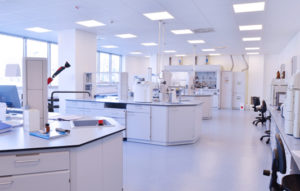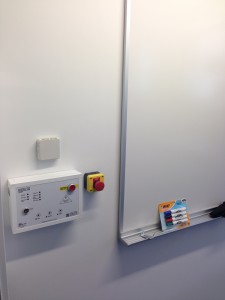Ensuring Safety with Gas Proving Systems in School Classrooms
The safety of students and staff in school classrooms is of paramount importance, and one crucial aspect of maintaining a secure learning environment is the effective management of gas systems. Gas proving systems are indispensable tools that help ensure the safety of everyone within the school premises, particularly in science laboratories and classrooms where gas appliances are commonly used. In this blog post, we will explore the significance of gas proving systems in school classrooms and their role in preventing potential gas-related hazards.
Understanding Gas Proving Systems
Gas proving systems, also known as gas guards or gas checks, are designed to monitor and control gas flow to various appliances and outlets. Their primary function is to verify the presence of gas pressure before allowing appliances to operate. In a school setting, these systems are used to manage gas supplies to laboratory equipment, such as Bunsen burners, gas taps, and other devices commonly found in science classrooms.
How Gas Proving Systems Work
Gas proving systems typically consist of sensors, control panels, and alarms. Here’s how they work:
1. Pressure Transducer are located on the gas solenoid valve or pipework. These Pressure Transducers detect the presence of gas within the system.
2. Control Panel: The Merlin 1000V control panel is the central processing unit of the gas proving system. It receives signals from the sensors and processes the information to determine whether gas is present or not, also if a leak has been found.
3. Detectors: Gas proving systems can be equipped with Gas Detectord that are triggered when gas is detected within the air. These detectors alert occupants and staff to a gas leak and isolate the gas solenoid valve.
Advantages of Gas Proving Systems in School Classrooms
1. Safety : Gas proving systems provide an additional layer of safety by ensuring that gas appliances are only operational when gas is present. This helps prevent accidents and potential gas leaks that could lead to fires or other hazardous situations.
2. Compliance : Many regulatory bodies and local authorities require educational institutions to have gas safety measures in place. Gas proving systems help schools comply with safety regulations, avoiding legal consequences and ensuring a safe learning environment.
3. Peace of Mind : Teachers, staff, and students can focus on their work and studies with the assurance that gas-related risks are minimized due to the presence of reliable gas proving systems.
4. Early Detection: Gas proving systems can detect even minor leaks that might go unnoticed otherwise. This early detection capability can prevent situations from escalating into emergencies.
Implementing Gas Proving Systems in Schools
To effectively implement gas proving systems in school classrooms, consider the following steps:
1. Assessment: Ensure you meet the requirements of AS5601.1.2022. Identify areas where gas proving systems are necessary for safety.
2. System Selection: The OGS Merlin range has various gas proving systems that meets your school’s requirements and conforms to safety standards.
3. Installation: Engage professionals to install the gas proving system. Proper installation ensures accurate detection and reliable operation.
4. Staff Training: Train teachers, laboratory staff, and relevant personnel on how the gas proving system works, including recognising system alerts and responding appropriately.
5. Maintenance: Regularly inspect and maintain the gas proving system to ensure it remains functional and accurate. Schedule periodic servicing to keep the system in optimal condition.
Conclusion
Gas proving systems are invaluable tools for maintaining the safety of school classrooms, particularly those equipped with gas appliances. By ensuring that gas is present before allowing appliances to operate, these systems play a pivotal role in preventing potential gas-related hazards. The peace of mind, compliance with safety regulations, and early detection capabilities offered by gas proving systems contribute to a secure and conducive learning environment for students and staff alike.

